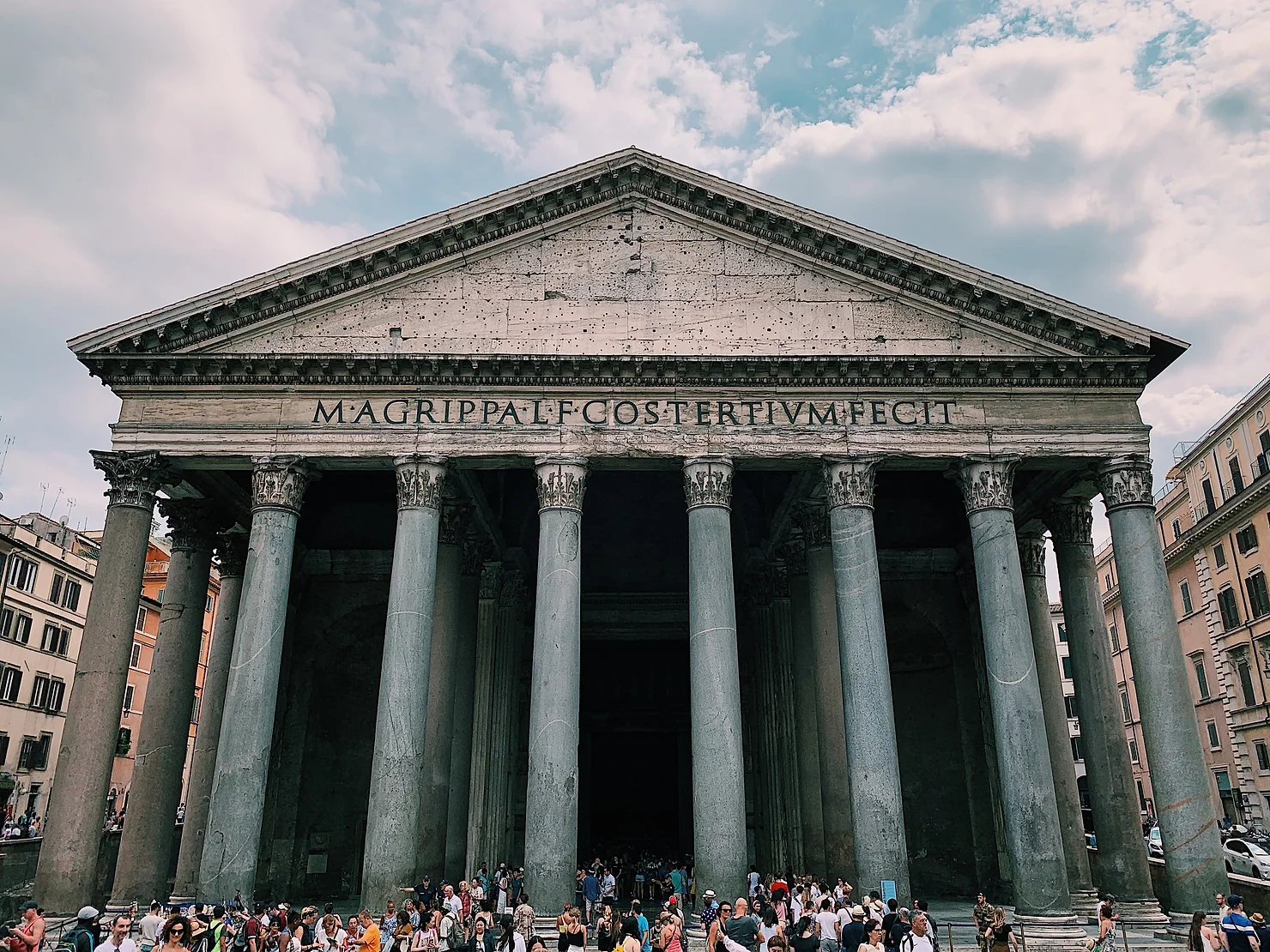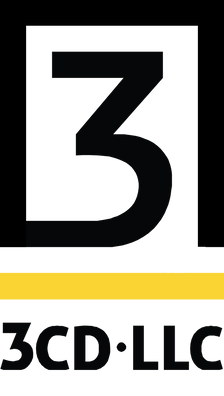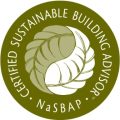Thanks for following my blog about how you can reduce the risk and cost of disputes in construction projects. Posts in this series will explore dispute risk avoidance strategies for each phase of a project’s development ending with tips for reducing the prep time, cost and duration of a formal dispute. Today’s post explores strategies to apply during the design phase.
We all know that projects today are incredibly complex. The number of people, assemblies and supply chains involved would have a neutral observer understandably accuse a project manager of being a glutton for punishment. But we are sick like that right? As Kennedy once said, we do these things “…not because they are easy, but because they are hard…” Who doesn’t get goosebumps when they hear that speech?
Way back in antiquity, the architect’s role included owner’s rep, designer and builder. Just a hundred or so years ago, design teams were still highly integrated and the even the grandest of structures were built using a surprisingly sparse set of plans. The visionary architect and skilled craftsmen must have worked hand-in-hand, onsite every day to create the masterpieces that we now call historic buildings.

Today’s projects are designed and achieved through an incredible collaboration between countless individuals across a global supply chain. Employees involved in each design discipline, manufacturing supply chain and contractors exist in what we call silos, many of which will never visit the site. The interactions are facilitated on the web, through information and management software portals, email and even text messages.
We tackle this formidable task because we like the challenge, and through our perseverance and intellect we have become skilled at overcoming relentless waves of obstacles – sometimes many at once. Disputes are insult to injury, a clear and present danger to the individuals already tasked with a near impossible job. So, what can be done? As much as I would love to say eureka! I have not found “it” (yet). But I can share my thoughts about three core strategies to reduce risks and costs of the design phase and avoid the worst of outcomes – a dispute.
Three pillars of dispute avoidance in the design phase:
-
The Captain – A director, interpreter and champion of the project’s goals is your best defense against avoidable costs, delays and disputes.
-
Document Control – Avoid errors of omission and translation by making program information and project data easy to find and interpret.
-
Design-assist – Save money and reduce risk by engaging experts in a strategic and incremental approach.
The Captain – If you are looking around the table and you don’t see the captain…you are the captain.

As I was writing this, I remembered the story about Everybody, Somebody, Anybody and Nobody – a cautionary tale about the folly of assumptions that occur in a vacuum of leadership. When I googled the phrase, I found a blog by Lolly Daskal that retells the story and offers some great leadership advice (link below for your use).
Most of the mistakes that can lead to disputes in the design phase result from omission and/or flawed translation – Things unsaid and things not shared precisely. Omissions often occur because requirements are not clearly defined and/or assignments are not officially made and communicated. An effective captain makes sure that assumptions are few and when discretion is necessary, delegated decisions are based on clearly established goals, data and boundaries.
Translation mistakes are a slightly different animal, these are born of misunderstanding or error in transmission. The information is knowable but may be difficult to find or interpret. In the worst-case scenario, an error slips through the design phase to production, or worse, installation. An effective captain makes sure that team members have the information they need to guide their work and a clear protocol for when to consult a captain before passing something along.
Tips:
-
Assign a captain to each discipline of your scope (Doesn’t have to be a separate person but a defined, verifiable role).
-
Dedicate at least one meeting with all captains to review the project’s goals and where requirements and related data are made available. Review the protocol for communications and how decisions will be memorialized and distributed.
-
Publish and display guidance and the location of data and responsibilities of captains as widely as possible.
In construction we keep score of everything, especially time and money. When the price goes up and or the project is delayed, the responsible party is always identified. Effective captains reduce the risk of omissions and translation errors and the team-oriented atmosphere they foster are more likely to solve problems before the installation phase.
Document Control: Information overload robs the bandwidth you would otherwise have to reduce costs and expedite the schedule.
In my prior post I shared my belief that bandwidth is a most precious resource to ensure your project avoids the risk of dispute (I felt so strongly I included it twice). Perhaps the biggest bandwidth killer in projects are revised documents due to omissions and errors in the design phase. My most recent project processed 424 formal Requests for Information and 79 Architectural Supplemental Instructions and 126 SK drawings. This avalanche of revised information resulted in 198 Potential Change orders over 25 billings.
Despite the appearance of these numbers, each of the designers were skilled and capable consultants. Imagine how many hours were spent preparing, processing, pricing, approving and incorporating all of these changes. What if we could have spent even a portion of that time planning, streamlining, performing quality control activities to improve the outcome of the project?
Tips:
-
Draw little, draw late. Resist the urge to fully develop and document each design until all of the related designs have been vetted for conflict at least once. Much of what is drawn early will be re-drawn later.
-
Write / note more about intent and less about specs. The copy and paste nature of the design business creates a risk of too much boilerplate that can make it difficult to determine design intent.
-
Pay for coordination, QA / QC rather than changes. It is really a choice of “pay now or pay later”. However, “pay later” robs your entire team of bandwidth and comes with a mark-up.
-
Price twice, draw once. Time spent collaborating on the potential cost of alternatives reduces iterations of design and pricing. See Note 2 above about design intent.
-
Streamline revisions into as-built drawings. RFIs and SKs should always flow into ASIs that replace pages. Not only does this make document control manageable during the project, by the end, your as-builts are complete.
Design-Assist: A balanced strategy…

Fully engineered designs are a substantial up-front expense. if you have program changes or want to take advantage of cost savings suggestions from bidders, revisions can be expensive to document. Design-build designs come too late to assist building and site designers and may lack quality assurance controls.
Design assist is a hybrid approach to get early engineering support for designers while preserving market opportunities for cost savings.
Owner’s engineer-provided services:
-
Project demand calculation of Kilowatt hours of electrical, Cubic feet of natural gas, Gallons per minute of water, etc.
-
Main point of entry. Demand calculations matched with the capacity of the utilities available to the property determine where you will connect to utilities and the size of those connections.
-
Distribution and Conflict avoidance. The main point of entries and code requirements will determine the sizes of utility rooms and distribution to the roof and through the building. This information will dictate equipment layout and screening as well as the size of ducts and pipes that need to get through the structural beams and fire rated assemblies.
-
Permit and Pricing support. Calculations, performance specifications and quality assurance services ensure contractor designs meet the owner’s requirements while capturing cost savings in equipment selection and distribution strategies.
Tips:
-
Calculate demand estimates for an absolute minimum to maximum demand. In some areas, reserve capacity can be hard to get (and expensive).
-
Work closely with the owner’s engineer to allow flexibility for bidders to achieve the design while encouraging their suggestions for cost saving alternatives.
-
Where premium or rigid specifications are desired but may not be affordable, define bid alternates for all bidders to price.
-
Include submittal review and milestone inspections for your consulting engineer to ensure the proposed design is achieved in the field.
Clearly defined team protocols, a focus on fundamental communications and efficient design procedures are values the entire team can participate in for better project outcomes. This participation not only avoids mistakes that manifest into additional costs, delays and disputes, it fosters a sense of alignment and teamwork that make a tough job a lot easier to enjoy…even though we are sick like that…
What coordination and design development strategies are you using to avoid problems and achieve better outcomes?
Thank you for your time today! Was this interesting or better yet valuable to you? If so, please subscribe, like, share and comment. See you next Tuesday morning for Phase 2 – Pricing Strategies…



